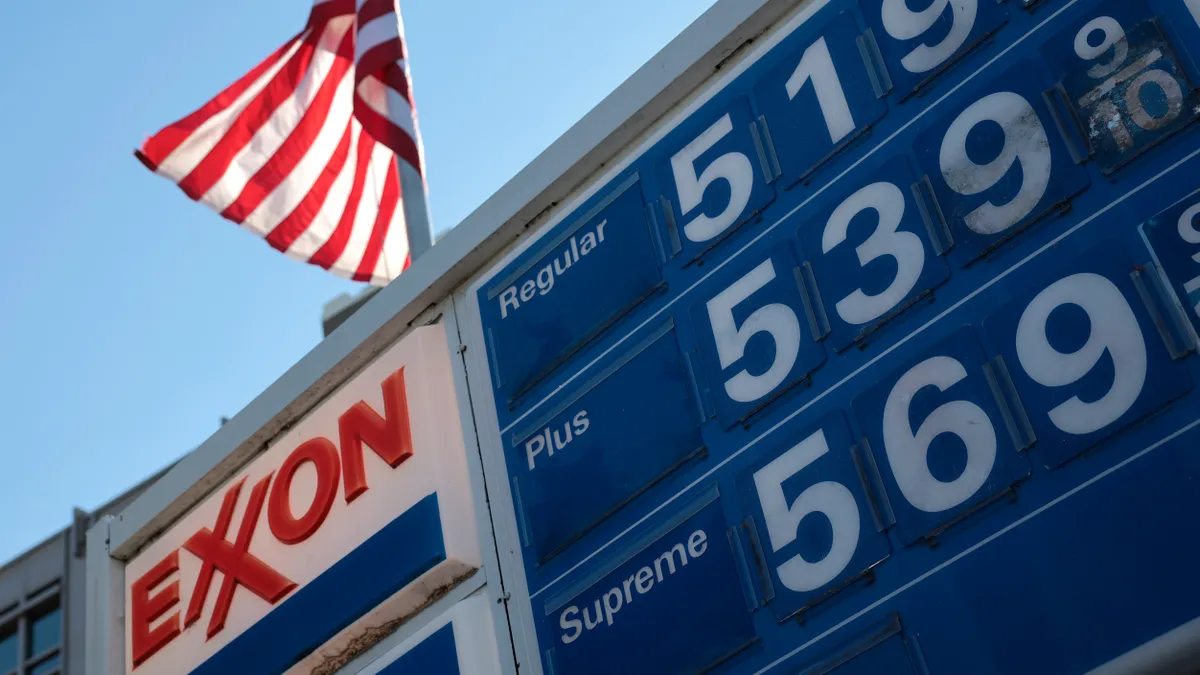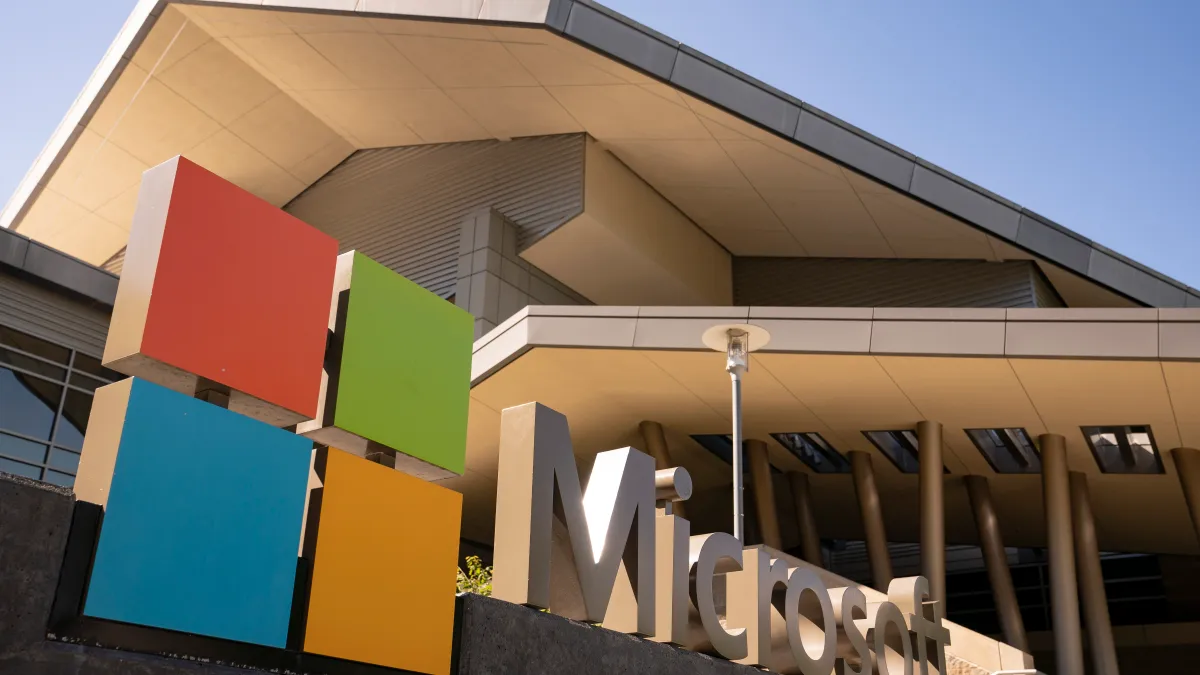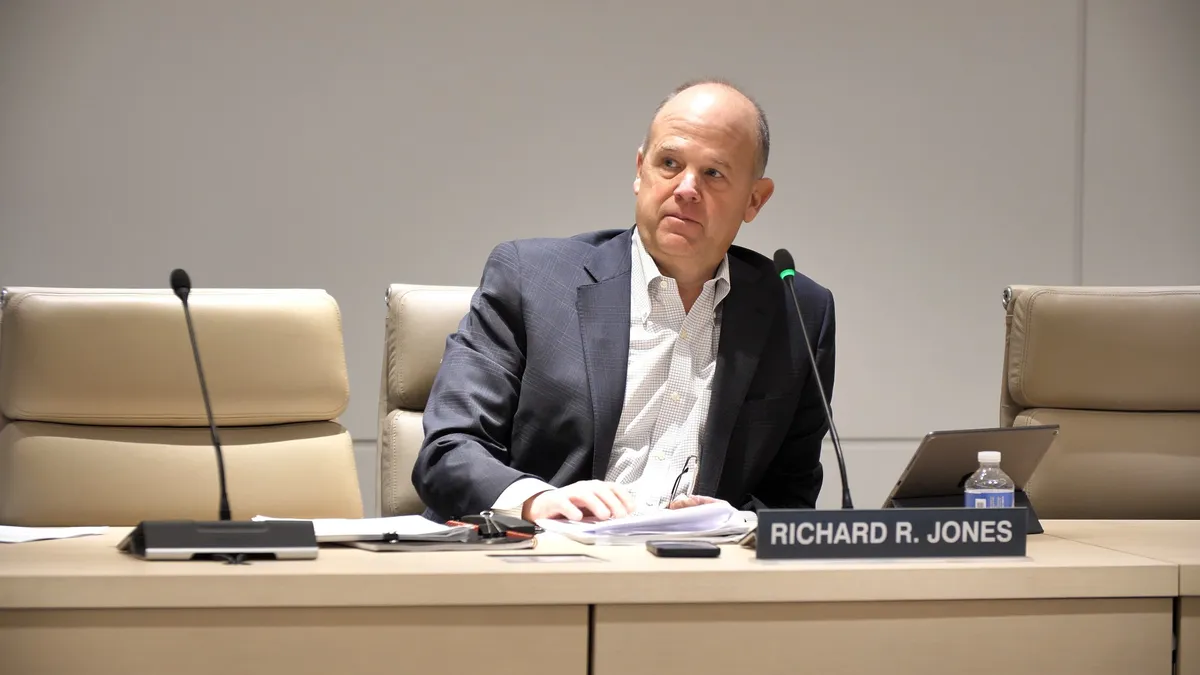Though CFOs in the energy and oil industries reported concern over inflation and a potential recession during their second quarter earning calls, companies across the sector reported positive — and in fact, record-breaking — results for the quarter as well as confidence in their ability to weather an increasingly likely economic downturn with relative ease.
CFOs across industries are taking closer looks at their businesses’ recession readiness as reports show the Fed may fail to bring down inflation before one hits — a study of 900 traders and strategists found 84% believe it will take two years or longer for the Fed to meet its 2% inflation target, for example.
Chevron CFO Pierre Breber acknowledged cost inflation during the company’s July 29 second quarter earnings, for example, but stated the company was able to offset some of the impact due to “good planning, smart procurement and good relationships with suppliers.”
During Exxon Mobil’s earnings call on the same day, CFO Kathryn Mikells expressed similar sentiments, recognizing Exxon is “obviously not immune to inflation.” However, she also noted that “we feel really good about how we’re managing inflation to date” in response to analyst questions.
Exxon generated a record $17.9 billion in earnings for Q2 2022, compared with $5.5 billion in the year-earlier period. Chevron, meanwhile, reported $11.6 billion in earnings for the quarter, compared to $3.1 billion in the second quarter of 2021.
Collectively, Chevron, Exxon Mobil and Shell Oil reported $46 billion in profit during the second quarter, driven by skyrocketing energy prices and narrowing oil-refining margins, according to a July 29 Wall Street Journal report.
While oil and energy companies were therefore able to neatly sidestep some of the impacts of inflation during the quarter, their CFOs are also keeping a close eye on both consumer and supplier demand as continuously rising energy prices prompted action from both consumers, government officials and fellow businesses.
High fuel prices can also impact the ability of industries such as food to bolster themselves against inflation, increasing the likelihood of a recession — executives from Walmart, for example, noted the retail behemoth was facing cost pressures related to fuel prices and supply chain struggles among others during its most recent quarterly results.
A consumer tailwind
The combination of increasing food and fuel prices has had an effect on consumers’ habits, meanwhile. Over two-thirds of Americans have changed their driving habits since March in response to soaring gas prices, with the majority choosing to drive less, a July 22 study by the American Automobile Association (AAA) found. Two percent of Americans reported purchasing electric vehicles (EVs) to cope with ballooning gas prices, the study also found.
Government incentives for electric cars were also included in the Inflation Reduction Act recently signed by President Joseph Biden— something that will both help to reduce costs for consumers as well as provide a jump-start to manufacturing, Energy Secretary Jennifer Granholm said in statements on Aug. 21.
The U.S. government has taken several steps to try and mitigate high prices at the pump, including releasing 1 million barrels per day from its reserves, Granholm said, but the government is also “at the whim, if you will, of what happens globally” regarding oil as it is traded on the global market. Gas prices have steadily ticked up over the past few months, but have since dipped back down to hover at about $4 per gallon on average.
Consumers may be eyeing electric vehicles or opting for public transportation, but demand is still on the uptick in other areas such as air travel. For Chevron’s part, Berber anticipated demand “will be much more recession resilient going forward” on the July 29 earnings call, for instance.
“In terms of tailwinds, we still have very low unemployment, and we have a consumer that wants to spend money to go out and do things they haven’t been able to do for a couple of years,” Breber said of the possibility of recession. “When prices were higher in the second quarter, they made some choices. And if you look at that demand response on gasoline, that’s in line or even higher than some past recession[s]. So, it’s not clear.”
Competitor Exxon is also “preparing for every eventuality,” Mikells said on the earnings call, but also pointed to jet and air travel as well as an area where demand has slowly begun to pick up once again.
“Overall, when you look at demand recovering from the lows of the pandemic…one of the laggards has been jet, obviously,” Mikells said. “And so jet continues to lag, but is obviously starting to pick up now as people are starting to travel and obviously, international travel restrictions have reduced, which means people are also starting to travel a bit more internationally.”
The energy CFOs are still moving to ensure they can stand against inflation where felt. Occidental CFO Robert Peterson stated on the company’s earnings call that due to “higher inflationary pressures than others” in the Permian Basin, the company will be reallocating $200 million in capital to the area to address “the regional impact of inflation,” for example. The company reported net income attributable to shareholders of $3.6 billion per its earnings release on Aug. 2.
Peterson still expects to see strong results for the remainder of 2022, though conditions may not remain as favorable over the second half of the year, he acknowledged during the firm’s second quarter earnings call.
“We still see the potential for market conditions to dampen from where we are today due to inflationary pressures, though the long-term fundamentals continue to remain supportive, and we expect third and fourth quarters to be strong by historical standards,” he said.




















